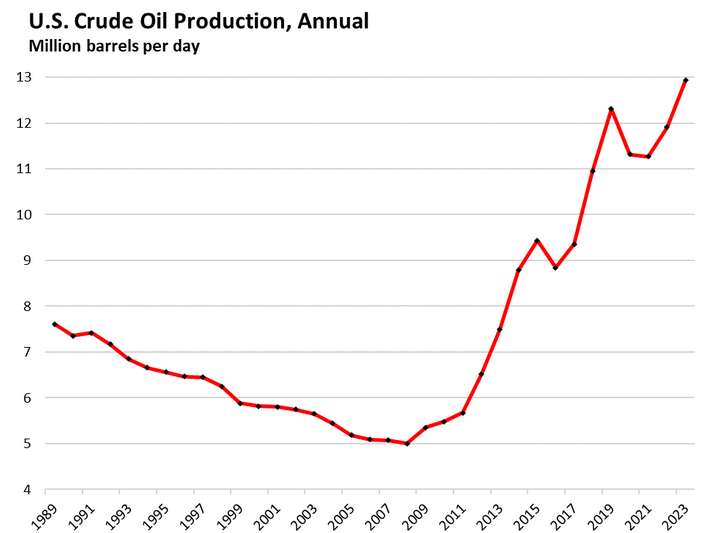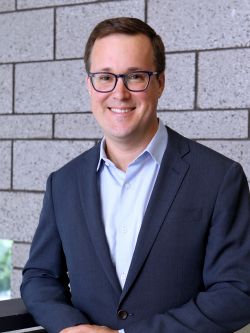The Short Report: April 2, 2025
Trump’s trade war will hurt U.S. states that voted for him; Quebec’s budget focuses on innovation; massive layoff and funding cuts at U.S. Department of Health and Human Services; Ontario CEOs call on Premier Doug Ford to implement major innovation and economic policy ideas; Canada’s “fragmented” policy approach to AI needs fixing; national strategy and a new funding model required to support lifelong learning; and more.
Other stories mentioning these organizations, people and topics
| Organizations: | |
| People: | |
| Topics: |
Other News
Events For Leaders in
Science, Tech, Innovation, and Policy
Discuss and learn from those in the know at our virtual and in-person events.
See Upcoming Events
You have 0 free articles remaining.
Don't miss out - start your free trial today.
Start your FREE trial Already a member? Log in
By using this website, you agree to our use of cookies. We use cookies to provide you with a great experience and to help our website run effectively in accordance with our Privacy Policy and Terms of Service.



